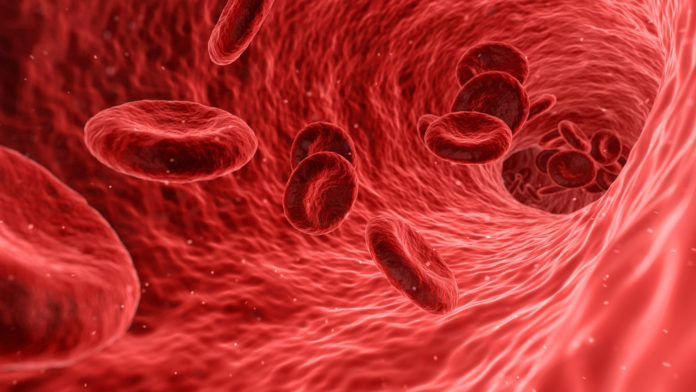Diabetes is getting more common all the time, and there are many complications that come with it. Diabetic conditions alter blood vessels, and because the circulatory system touches every organ in the body, the complications are diverse. Diabetes can lead to blindness, kidney failure, heart attack and stroke, and leg amputations, just to name a few.
To help investigate blood vessel changes and how to treat them, researchers at the University of British Columbia have succeeded in growing three-dimensional networks of blood vessels in a petri dish. The study was published in Nature.
“Every single organ in our body is linked with the circulatory system,” said principal investigator Josef Penninger, director of the Life Sciences Institute at UBC, in a statement.
“This could potentially allow researchers to unravel the causes and treatments for a variety of vascular diseases, from Alzheimer’s disease, cardiovascular diseases, wound healing problems, stroke, cancer and, of course, diabetes.”
The blood vessel model was grown from human pluripotent stem cells: cells derived from skin cells that have the ability to become any kind of cell type in the body. The new protocol helps those cells self-organize into three-dimensional structures called organoids.
The blood vessel organoids mimic real human blood vessels down to the cellular and molecular level. Just like in the human body, they contain endothelial cells (which form blood vessel walls) and pericytes (a type of support cell). They form a stable network that contains a hierarchy of vessel diameters, complete with arteries, arterioles, and venules. The smallest blood vessel structures, called capillaries, are also surrounded by a fibrous matrix called a basement membrane.
Transplanted into mice, the organoids were able to graft into the existing circulatory system and carry blood.
These similarities will allow researchers to test potential medical interventions more accurately in the lab.
When exposed to diabetic conditions (high sugar concentration and inflammatory molecules), the organoids also took on a molecular pathology similar to what is seen in diabetes; their basement membranes thickened abnormally, replicating the impaired delivery of oxygen and nutrients that leads to complications.
With their new model in hand, the researchers looked for drugs that might block the basement membrane from thickening. They didn’t find any current diabetes medications that helped reduce this defect. However, inhibiting γ-secretase, an enzyme naturally found in the body, was successful. More testing is still needed, but this points to a potential avenue for treating diabetes.
The model can also be applied to better understand other medical conditions where blood vessels are affected, from the abnormal blood vessels that feed tumours, to implants that could help with wound healing.
Blood vessels feed every tissue in the human body. Being able to replicate them in the lab will accelerate equally far-reaching tools for healthcare.








































